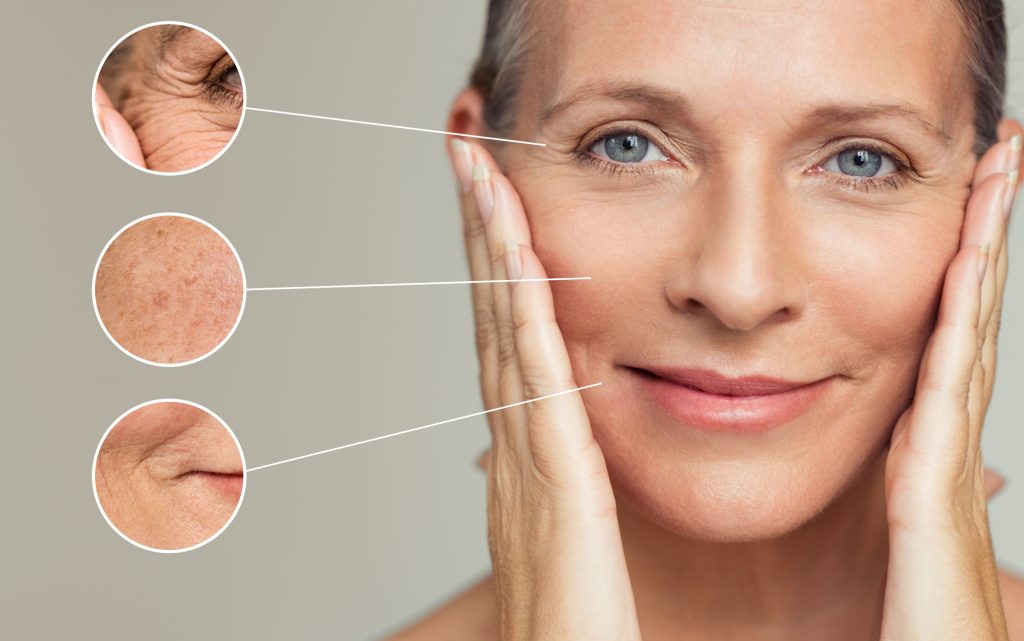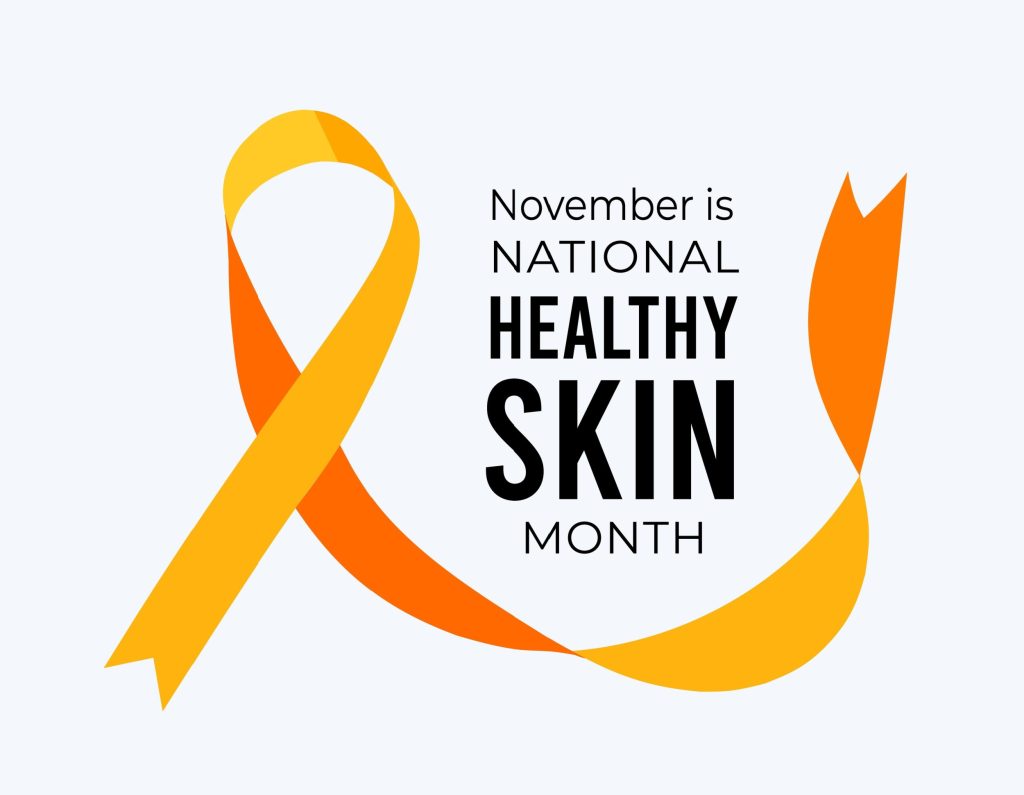
It’s no secret that smoking has severe repercussions for your overall health, affecting everything from your lungs and heart to your immune system. However, one of the more visible effects is the toll it takes on your skin. While most people are aware that smoking can age your appearance, the depth and variety of damage it causes to the skin often goes overlooked. In this blog, we’ll explore the harmful effects smoking has on your skin, how it contributes to premature aging, and what you can do to reverse or mitigate these effects once you stop smoking.
How Smoking Affects Your Skin
1. Premature Aging and Wrinkles
One of the most common and well-known effects of smoking on the skin is premature aging. People who smoke are more likely to develop fine lines and wrinkles, particularly around the mouth (known as “smoker’s lines”) and eyes (crow’s feet). Smoking accelerates the natural aging process by damaging collagen and elastin, two proteins that keep your skin firm and youthful.
Collagen is essential for maintaining the skin’s structure and elasticity, while elastin helps skin return to its original shape after stretching or contracting. Smoking causes both proteins to break down more quickly, leading to sagging skin, deep wrinkles, and a dull, tired appearance. Studies show that smokers often look older than non-smokers of the same age, even when other factors like sun exposure are considered.
2. Impaired Circulation and Dull Complexion
Smoking restricts blood flow by constricting blood vessels in the outermost layers of the skin. When blood flow is reduced, it limits the amount of oxygen and essential nutrients that reach the skin. As a result, the skin can develop a dull, lifeless appearance. The lack of oxygen and nutrients also hinders the skin’s ability to regenerate and repair itself, further exacerbating the signs of aging and damage.
This impaired circulation can also cause skin to become more sensitive and prone to irritation. You may notice a pale or sallow complexion, as the skin is deprived of its healthy, natural glow.
3. Increased Risk of Skin Cancer
Smoking not only affects the appearance of your skin but also increases the risk of more serious issues like skin cancer. The harmful chemicals in cigarette smoke can damage the DNA in skin cells, impairing their ability to function properly and increasing the likelihood of mutations that can lead to cancerous growths. Smokers are at higher risk for developing squamous cell carcinoma (SCC), one of the most common forms of skin cancer. According to the American Cancer Society, smokers are more likely to develop SCC than non-smokers, especially on the lips.
4. Delayed Wound Healing
Smoking has a detrimental effect on your body’s ability to heal wounds, including cuts, scrapes, and surgical incisions. Nicotine and other chemicals in cigarettes narrow blood vessels, reducing oxygen and nutrient delivery to injured areas of the skin. This not only slows the healing process but also increases the risk of infections and complications following surgery.
For example, smokers who undergo cosmetic procedures like facelifts or skin resurfacing are more likely to experience poor healing outcomes, including scarring and skin necrosis (death of skin tissue).
5. Increased Risk of Skin Conditions
Smokers are more prone to developing certain skin conditions. These include:
- Psoriasis: Smoking is a known trigger for psoriasis, an autoimmune skin condition that causes itchy, scaly patches. Research suggests that smokers are more likely to develop psoriasis, and the severity of the condition may increase in those who smoke more frequently.
- Wound infections: Smoking weakens your immune system, making you more susceptible to bacterial and fungal skin infections. This can lead to conditions like folliculitis (inflammation of hair follicles) or chronic wound infections.
- Yellowed skin and nails: The nicotine in cigarettes stains the skin, nails, and even your teeth. Long-term smoking can cause a yellowish discoloration of your fingers and nails due to constant exposure to cigarette smoke.
How to Reverse Smoking’s Effects on Your Skin
The good news is that while smoking causes significant damage to the skin, many of its effects are reversible over time, especially if you quit smoking. Below are some steps you can take to help restore and improve your skin health:
1. Stop Smoking
The most important step in reversing smoking’s damage to your skin is to quit smoking altogether. The sooner you stop, the faster your body can begin to repair itself. Within weeks of quitting, your blood flow will improve, and with it, your skin’s access to oxygen and nutrients. Over time, this can help restore a healthy glow and reduce the dullness caused by smoking.
2. Hydrate and Moisturize
Smoking dehydrates the skin, leaving it dry and flaky. After quitting, it’s essential to rehydrate your skin from both the inside and out. Drink plenty of water to restore hydration levels and apply a moisturizer daily to lock in moisture and improve your skin’s texture.
Look for moisturizers containing ingredients like hyaluronic acid, glycerin, and ceramides, which help to hydrate and repair the skin’s protective barrier.
3. Nourish Your Skin with Antioxidants
Smoking produces free radicals that damage your skin cells and contribute to premature aging. After quitting, you can help your skin recover by using skin care products rich in antioxidants, such as vitamin C, vitamin E, and niacinamide. These ingredients neutralize free radicals and promote the production of collagen, helping to repair damaged skin and reduce wrinkles.
Additionally, eat a diet rich in antioxidant-containing foods like fruits, vegetables, nuts, and seeds. These nutrients will support your skin holistically.
4. Sunscreen is Key
Sun damage exacerbates the skin damage caused by smoking, so protecting your skin from harmful UV rays is essential for recovery. Use a broad-spectrum sunscreen with an SPF of at least 30 every day, even on cloudy days, to prevent further damage and promote skin healing.
5. Exfoliate to Brighten the Skin
Exfoliating your skin can help remove dead cells and promote skin regeneration. Gentle exfoliation will brighten your complexion, giving your skin a fresh appearance. Look for chemical exfoliants like alpha hydroxy acids (AHAs) or beta hydroxy acids (BHAs), which help slough off dead skin without damaging the skin barrier.
Be sure not to over-exfoliate, as this can cause irritation—especially for sensitive skin.
6. Consider Professional Treatments
If you’re looking for faster or more targeted improvements, professional treatments such as chemical peels, laser resurfacing, or microneedling can help stimulate collagen production and reduce wrinkles or discoloration caused by smoking. Consult with a dermatologist or skin care professional like FLDSCC to discuss the best treatment options for your skin’s needs.
Conclusion
Smoking has profound and far-reaching effects on your skin health, from premature aging and wrinkles to increased risk of skin conditions and delayed healing. However, by quitting smoking and adopting healthy skin care habits, you can significantly reverse some of these harmful effects and restore your skin’s vitality. While the damage smoking causes can be extensive, your skin has an incredible ability to heal and regenerate when given the proper care and nourishment.
Whether it’s hydrating, protecting your skin from UV damage, or boosting your skin care routine with antioxidants, there are many steps you can take to revitalize your skin after quitting smoking. If you’re looking for personal recommendations or treatments, consult us at FLDSCC to guide you on your journey to healthier, more radiant skin.
FLDSCC Can Help You with Your Skin Concerns
FLDSCC’s team of providers are experts in diagnosing and treating skin cancers; skin conditions and diseases such as eczema, rosacea, dry skin, rashes, and warts; and chronic skin diseases and infections, while simultaneously tackling aging skin, wound care, and a multitude of other skin, hair, and nail concerns.
Several FLDSCC providers are fellowship-trained in Mohs micrographic surgery, an effective state-of-the-art treatment for most types of skin cancers. Mohs surgery involves minimal discomfort and encourages the greatest preservation of healthy tissue, which means less risk of scarring and superior cosmetic results.
FLDSCC has many convenient locations throughout the state. For more information, visit www.fldscc.com, or call (855) FLD-SKIN.


